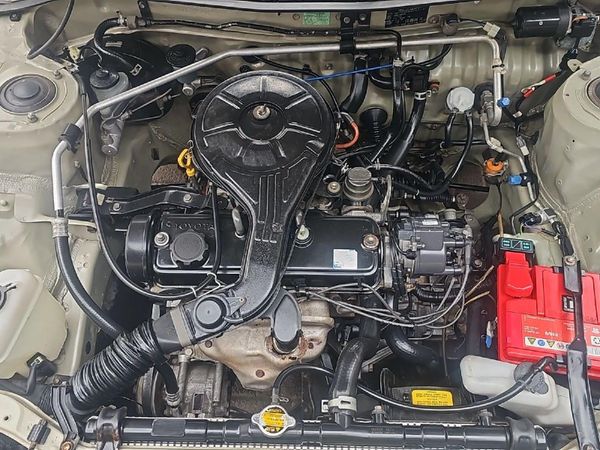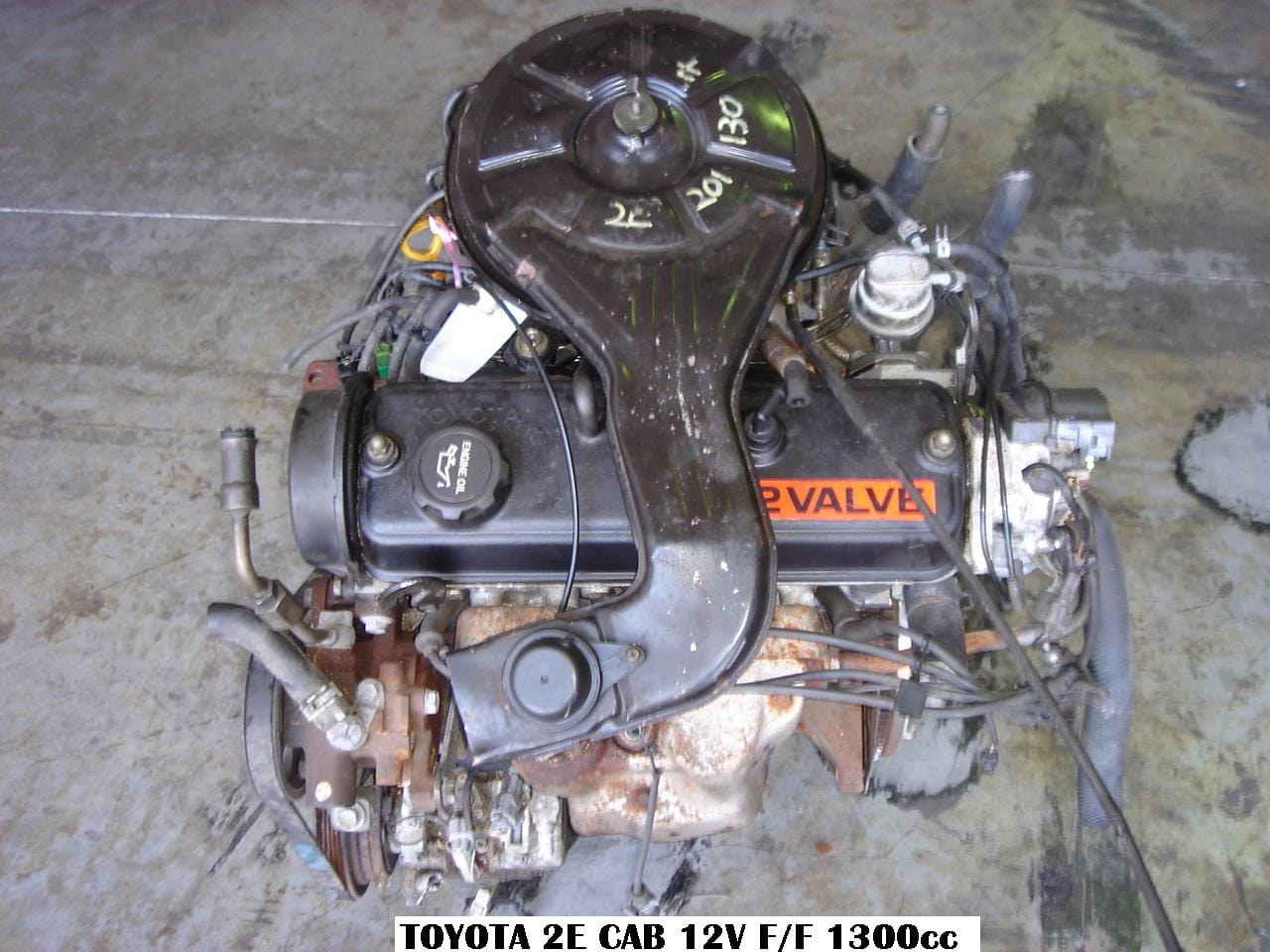Toyota Tazz: Understanding Its Popularity in the Used Car Market
Toyota Tazz: Understanding Its Popularity in the Used Car Market
Blog Article
Check Out the current Trends in Engine Modern Technology Through Tazz
In the rapidly advancing landscape of auto modern technology, Tazz stands at the leading edge, highlighting considerable developments in engine systems that prioritize both innovation and sustainability. From crossbreed engines that maximize gas effectiveness to the development of hydrogen gas cells, the fads forming contemporary powertrains are not just boosting efficiency but additionally resolving important environmental challenges.
Crossbreed Engine Innovations
Crossbreed engine developments stand for an essential shift in automotive modern technology, integrating the benefits of inner burning engines with electric propulsion systems. This assimilation not just enhances gas efficiency but additionally lowers discharges, meeting increasingly rigorous environmental regulations. By using both energy resources, hybrid engines can optimize performance, supplying power when needed while preserving fuel during less requiring driving problems.
Recent innovations in hybrid modern technology include renovations in battery efficiency and regenerative stopping systems. These innovations permit greater power recovery throughout deceleration, which can be rerouted to aid in acceleration or power auxiliary systems. Producers are concentrating on small styles and light-weight products to make the most of the effectiveness of hybrid powertrains.
The growth of plug-in crossbreeds has actually also expanded the market, allowing motorists to bill their lorries using basic electrical outlets. This function typically permits considerable all-electric array, more lowering dependancy on typical gas. tazz. As the auto sector proceeds to evolve, hybrid engine technologies are expected to play an important function in connecting the gap between conventional vehicles and totally electrical designs, supplying a transitional service that satisfies diverse customer demands and choices
Developments in Electric Powertrains
The automobile landscape is rapidly evolving, with electrical powertrains arising as a leading force in sustainable transport. Developments in electric vehicle (EV) technology are dramatically boosting effectiveness, performance, and customer experience. Key technologies consist of improvements in battery chemistry, which have actually enhanced power density, reduced billing times, and extended general battery life.
Solid-state batteries, as an example, assure to transform the marketplace by offering better security and performance compared to traditional lithium-ion cells. Advancements in regenerative braking systems are making it possible for cars to recoup energy during slowdown, contributing to general performance.
In addition to battery modern technology, electric motor styles are coming to be much more innovative. Innovations such as integrated electric motors and progressed thermal management systems are assisting to maximize power distribution and reduce weight, eventually improving lorry dynamics.

Collectively, these breakthroughs underscore the dedication to transition in the direction of cleaner, extra reliable transportation services, positioning electrical powertrains at the leading edge of auto innovation.
The Increase of Hydrogen Fuel Cells
Increasingly, hydrogen gas cells are getting grip as a practical alternative to typical inner burning engines and battery electric vehicles. This modern technology utilizes the chemical energy saved in hydrogen, transforming it into electrical power through an electrochemical response with oxygen. The main byproduct of this procedure is water, making hydrogen fuel cells an environmentally pleasant choice with zero exhausts at webpage the tailpipe.

Automakers are progressively buying hydrogen gas cell technology, recognizing its capacity for long-range applications and fast refueling capacities that match traditional fuels. Additionally, fields such as heavy-duty transportation and public transportation are especially well-suited for hydrogen gas cells, where battery electric solutions might fail due to weight and array limitations.
As research and financial investment remain to broaden, hydrogen gas cells are poised to play a considerable duty in the future landscape of tidy transport and power remedies.
Enhancements in Internal Burning Engines
Developments in internal burning engine (ICE) innovation are transforming traditional lorries to satisfy modern ecological requirements and performance assumptions. Direct gas injection, for circumstances, enables for better atomization of gas, leading to more complete burning and boosted power output.
Furthermore, turbocharging has actually gotten importance, permitting smaller engines to supply higher performance without the weight of bigger engines - tazz. This technology not just boosts performance but also contributes to lower gas intake. Variable valve timing systems are likewise being improved, making it possible for engines to adapt to numerous driving problems for enhanced torque and responsiveness
In addition, the usage of lightweight products in engine building and construction is ending up being standard, further improving fuel effectiveness by lowering overall lorry weight. Engine control systems (ECUs) are increasingly advanced, making it possible for real-time adjustments that enhance efficiency and emissions.
These improvements jointly signify a critical change in ICE modern technology, aligning with global sustainability objectives while still giving the performance chauffeurs anticipate from their lorries. As the industry develops, these enhancements proceed to form the future of traditional automobile engineering.
Future Patterns in Engine Performance
Significant developments in engine effectiveness are expected as suppliers concentrate on incorporating cutting-edge technologies to like it satisfy strict ecological guidelines and customer needs. The change in the direction of electrification, crossbreed systems, and alternate gas is improving the vehicle landscape, driving technologies that boost gas economic situation and lower exhausts.
Among the crucial fads is the application of sophisticated materials and producing techniques. Lightweight composites and high-strength alloys add to minimized automobile weight, therefore improving overall performance. In addition, the fostering of turbocharging and variable valve timing technologies permits improved power result from smaller sized engines, even more improving fuel economic situation.

Final Thought
Technologies in hybrid engine systems, electrical powertrains, and hydrogen gas cells show a commitment to decreasing discharges while boosting efficiency. Improvements in internal combustion engines and a focus on lightweight materials contribute to general engine effectiveness.
From crossbreed engines that maximize gas efficiency to the emergence of hydrogen fuel cells, the patterns shaping contemporary powertrains are not only boosting efficiency yet likewise resolving essential ecological challenges.Crossbreed engine innovations represent a crucial shift in automobile innovation, integrating the benefits of inner burning engines with electric propulsion systems.Furthermore, turbocharging has acquired prominence, allowing smaller engines to supply greater efficiency without the weight of larger engines. In addition, the adoption of turbocharging and variable valve timing modern technologies allows for boosted power outcome from smaller engines, additionally enhancing gas economic look at here situation.
Improvements in interior burning engines and an emphasis on lightweight materials add to general engine effectiveness.
Report this page